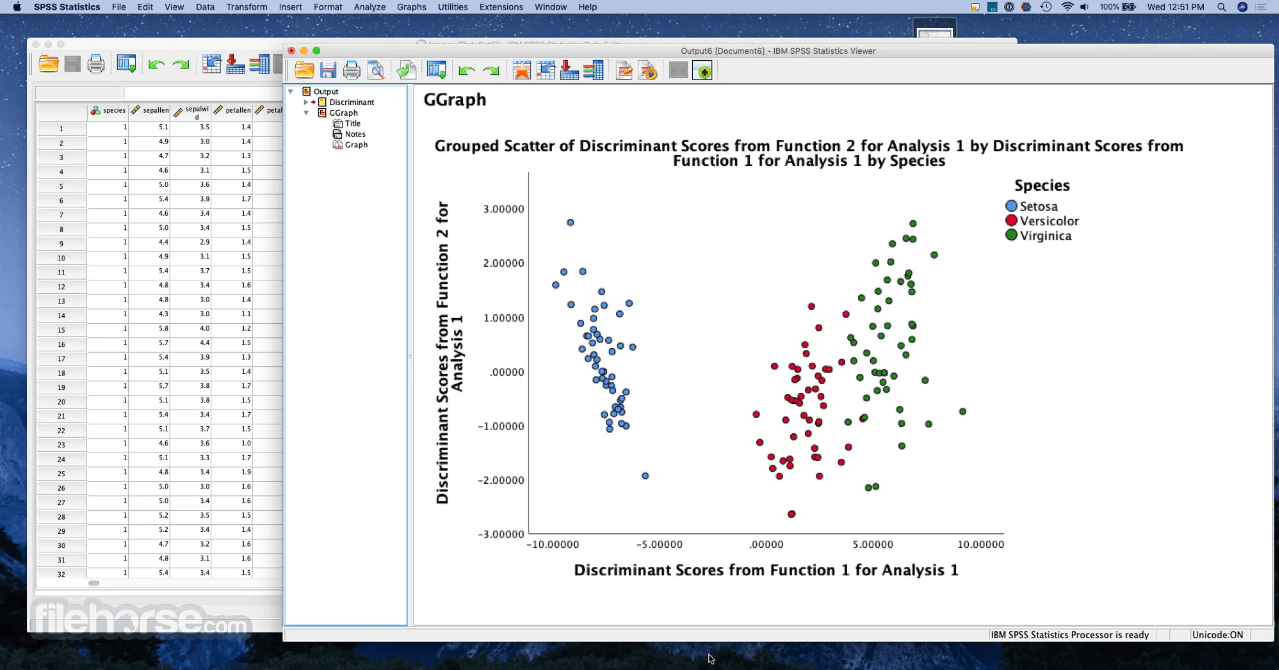
The two most common transverse ocarinas are 10-hole (invented by Giuseppe Donati in Italy) and 12-hole. Depending on the number of holes, the player opens one more hole than the previous note to ascend in pitch. It has a rounded shape and is held with two hands horizontally.
#CHIFF AND FIPPLE USED INSTRUMENT SECTION FULL#
In 1964, John Taylor, an English mathematician, developed a fingering system that allowed an ocarina to play a full chromatic octave using only four holes.

The word ocarina derives from ucaréṅna, which in the Bolognese dialect of the Emiliano-Romagnolo language means "little goose." The earlier form was known in Europe as a gemshorn, which was made from animal horns of the chamois ( Dutch: gems). The modern European ocarina dates back to the 19th century, when Giuseppe Donati from Budrio, a town near Bologna, Italy, transformed the ocarina from a toy, which played only a few notes, into a more comprehensive instrument (known as the first "classical" ocarina). The Runik ocarina is a Neolithic flute-like wind instrument, and is the earliest prehistoric musical instrument ever recorded in Kosovo. One of the oldest ocarinas found in Europe is from Runik, Kosovo. The ocarina went on to become popular in European communities as a toy instrument. Both the Mayans and Aztecs produced versions of the ocarina, but it was the Aztecs who brought to Europe the song and dance that accompanied the ocarina. Different expeditions to Mesoamerica, including the one conducted by Cortés, resulted in the introduction of the ocarina to the courts of Europe. In Japan, the traditional ocarina is known as the tsuchibue (kanji: 土笛 literally "earthen flute"), whereas "ocarina" comes from the Italian for "little goose". The ocarina has similar features to the Xun (塤), another important Chinese instrument (but is different in that the ocarina uses an internal duct, whereas the Xun is blown across the outer edge). For the Chinese, the instrument played an important role in their long history of song and dance.

Ocarina-type instruments have been of particular importance in Chinese and Mesoamerican cultures. The ocarina belongs to a very old family of instruments, believed to date back over 12,000 years. Giuseppe Donati, Italian inventor of the modern ocarina, with his work


 0 kommentar(er)
0 kommentar(er)
